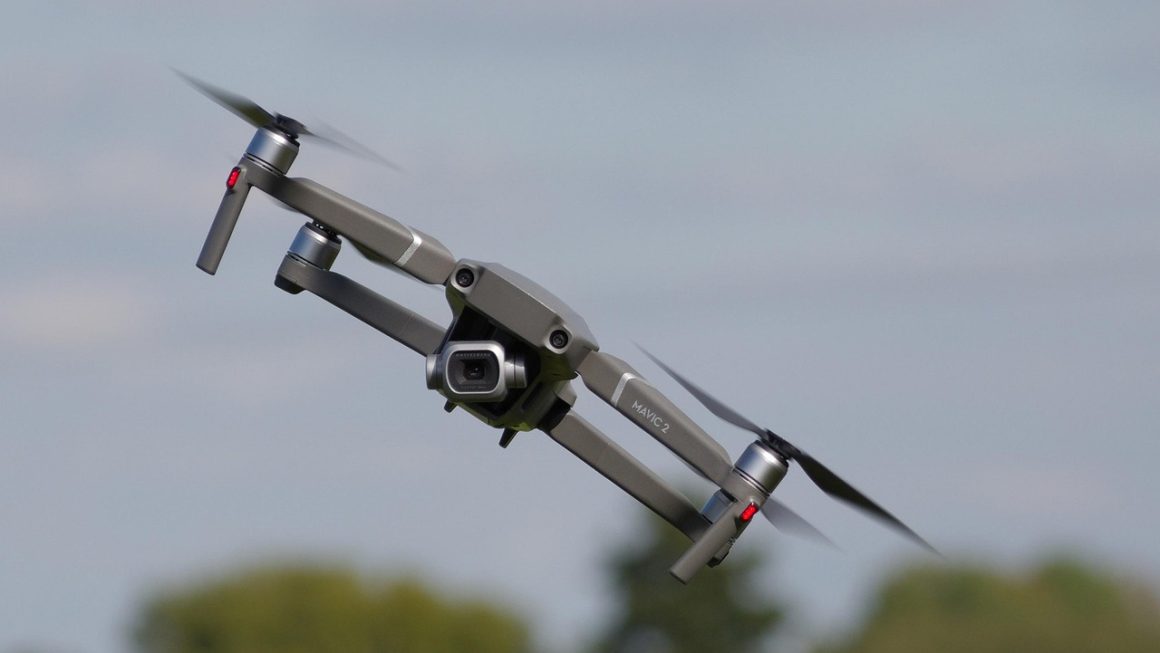The relentless march of technological progress continues, transforming every facet of our lives from the way we communicate to the way we work and even the way we entertain ourselves. Staying ahead of the curve can feel daunting, but understanding the latest technology updates is crucial for businesses and individuals alike to remain competitive, secure, and efficient. This post will delve into some of the most significant technology advancements you need to know about.
Artificial Intelligence (AI) and Machine Learning (ML) Advancements
AI and ML are no longer futuristic concepts confined to science fiction. They’re actively shaping industries and redefining possibilities. Recent advancements are pushing these technologies into even more sophisticated and practical applications.
Generative AI Explosion
Generative AI, which includes tools like ChatGPT, DALL-E 2, and Bard, allows users to generate text, images, code, and even music.
- Practical Example: Businesses can use generative AI to create marketing content, automate customer service responses, or even design new product prototypes. Imagine a marketing team using AI to generate various ad copy options, testing them automatically, and then focusing resources on the highest-performing ads.
- Key Takeaway: Explore the capabilities of different generative AI tools to identify opportunities to streamline workflows and enhance creativity. For example, consider using AI-powered writing assistants to draft emails, reports, or blog posts.
- Statistics: A recent McKinsey report estimates that generative AI could add trillions of dollars to the global economy.
Enhanced Machine Learning Models
Machine learning models are becoming more accurate, efficient, and explainable. Advancements in areas like federated learning allow models to be trained on decentralized data sources, improving privacy and security.
- Practical Example: Healthcare providers can leverage machine learning to analyze medical images for early detection of diseases, improving diagnostic accuracy and patient outcomes. Banks use ML to detect and prevent fraud.
- Key Takeaway: Invest in understanding the potential applications of machine learning in your specific industry. Consider partnering with data scientists or AI specialists to explore how ML can solve specific business challenges.
- Features: Improved accuracy, better explainability (understanding why a model made a certain prediction), and increased accessibility through user-friendly platforms.
Cybersecurity Enhancements
With increasing reliance on technology, cybersecurity has become more critical than ever. New threats emerge constantly, requiring continuous innovation in security measures.
Zero Trust Architecture
Zero Trust is a security framework based on the principle of “never trust, always verify.” It assumes that no user or device should be automatically trusted, regardless of whether they are inside or outside the organization’s network perimeter.
- Key Points:
Continuous verification of users and devices.
Least privilege access control.
Microsegmentation of networks.
- Practical Example: Implementing multi-factor authentication (MFA) for all user accounts is a fundamental aspect of Zero Trust. Requiring employees to verify their identity through multiple channels (e.g., password and a code sent to their phone) significantly reduces the risk of unauthorized access.
- Benefits: Reduced risk of data breaches, improved compliance with regulations, and enhanced visibility into network activity.
AI-Powered Threat Detection
AI is being used to analyze network traffic, identify anomalies, and proactively detect and respond to cyber threats.
- Practical Example: Security Information and Event Management (SIEM) systems enhanced with AI can automatically detect and respond to suspicious activities, such as unusual login attempts or data exfiltration attempts.
- Actionable Takeaway: Consider upgrading your existing security solutions to include AI-powered threat detection capabilities. Regularly review and update your security policies to address emerging threats.
Cloud Computing Evolution
Cloud computing continues to evolve, offering greater flexibility, scalability, and cost-effectiveness.
Serverless Computing
Serverless computing allows developers to build and run applications without managing servers. This eliminates the operational overhead associated with server management, allowing developers to focus on writing code.
- Benefits:
Reduced operational costs.
Increased developer productivity.
Automatic scaling.
- Practical Example: A company can use serverless functions to process images uploaded by users, send email notifications, or handle API requests without worrying about server provisioning or maintenance.
- Actionable Takeaway: Explore serverless computing platforms like AWS Lambda, Azure Functions, or Google Cloud Functions to streamline application development and reduce infrastructure costs.
Multi-Cloud and Hybrid Cloud Strategies
Organizations are increasingly adopting multi-cloud and hybrid cloud strategies to diversify risk, avoid vendor lock-in, and optimize costs.
- Multi-Cloud: Using multiple cloud providers for different workloads.
- Hybrid Cloud: Combining on-premises infrastructure with cloud services.
- Practical Example: A company might use AWS for its compute-intensive workloads, Azure for its database services, and Google Cloud for its AI and machine learning applications.
- Actionable Takeaway: Assess your organization’s cloud needs and develop a multi-cloud or hybrid cloud strategy to maximize flexibility and minimize risk.
The Internet of Things (IoT) Expanding Reach
The Internet of Things (IoT) connects everyday devices to the internet, enabling data collection, automation, and remote control.
Smart Cities and Infrastructure
IoT devices are being deployed in cities to improve efficiency, sustainability, and quality of life.
- Practical Examples:
Smart streetlights that adjust brightness based on ambient light and traffic conditions.
Smart parking systems that provide real-time information on available parking spaces.
* Smart waste management systems that optimize waste collection routes.
- Benefits: Reduced energy consumption, improved traffic flow, and enhanced public safety.
- Key Takeaway: Explore opportunities to leverage IoT technologies to improve your community or business operations. Consider investing in IoT solutions for energy management, asset tracking, or environmental monitoring.
Industrial IoT (IIoT) Advancements
IIoT is transforming industries by connecting machines, sensors, and systems to enable real-time monitoring, predictive maintenance, and optimized production processes.
- Practical Example: Manufacturers can use IIoT sensors to monitor the performance of equipment, detect potential failures before they occur, and schedule maintenance proactively, minimizing downtime and improving efficiency.
- Statistics: A report by Statista forecasts that the global IIoT market will reach hundreds of billions of dollars by 2025.
- Actionable Takeaway: Assess the potential of IIoT technologies to improve efficiency, reduce costs, and enhance productivity in your industry.
Conclusion
Staying informed about these technology updates is crucial for navigating the evolving landscape. Embracing advancements in AI, cybersecurity, cloud computing, and IoT allows organizations to optimize operations, improve security, and unlock new opportunities. By understanding the potential impact of these technologies and investing in the right solutions, businesses and individuals can thrive in the digital age.




